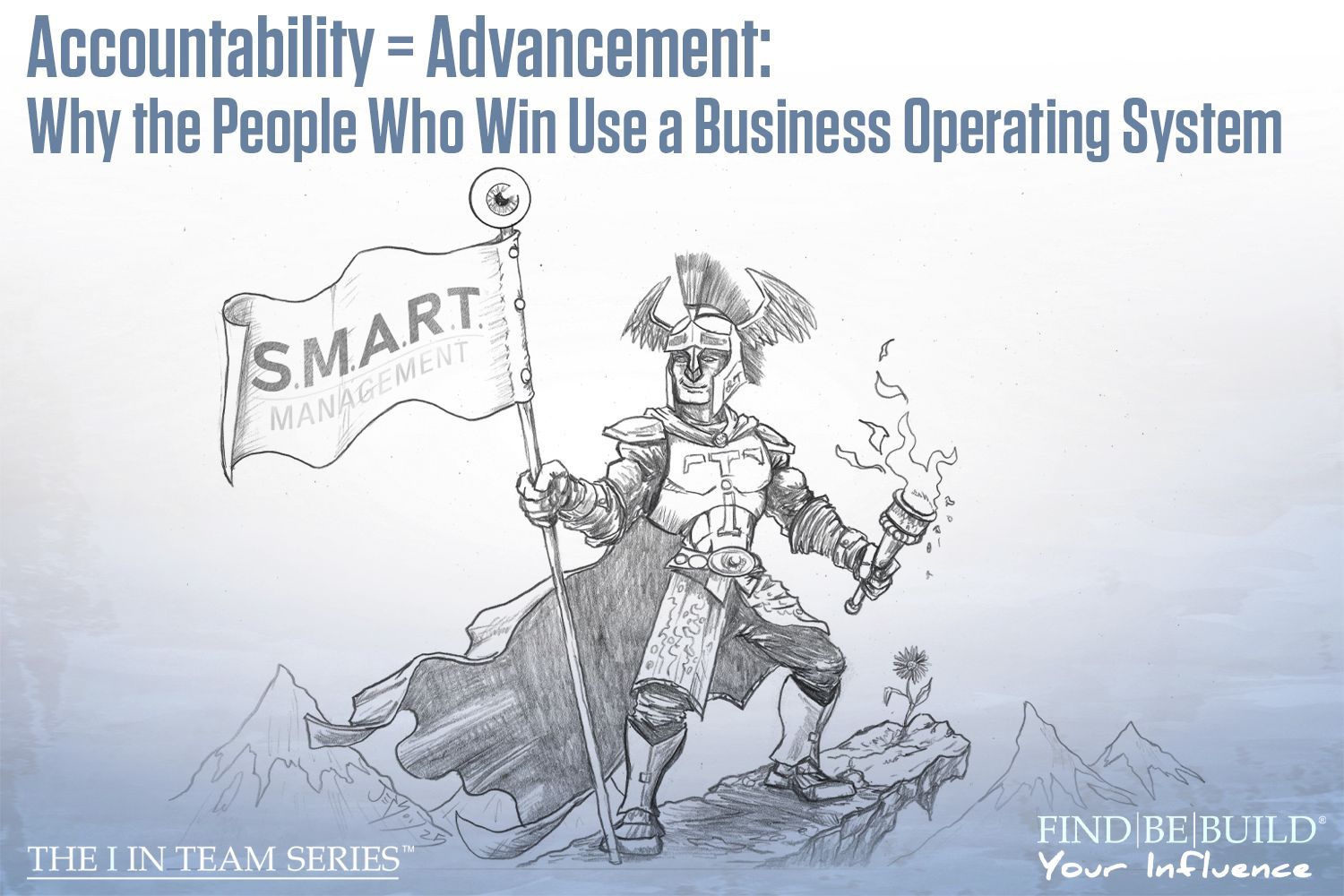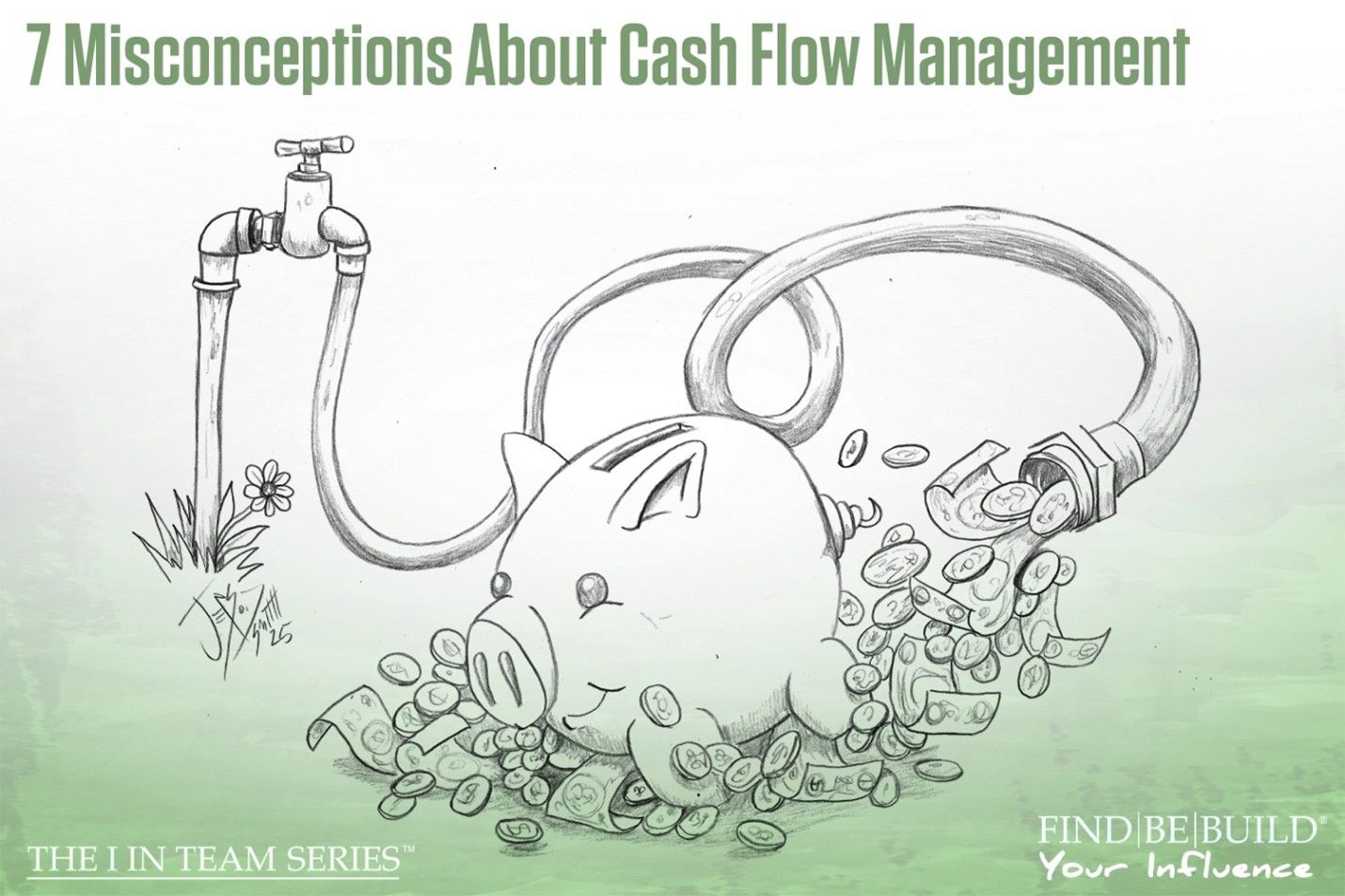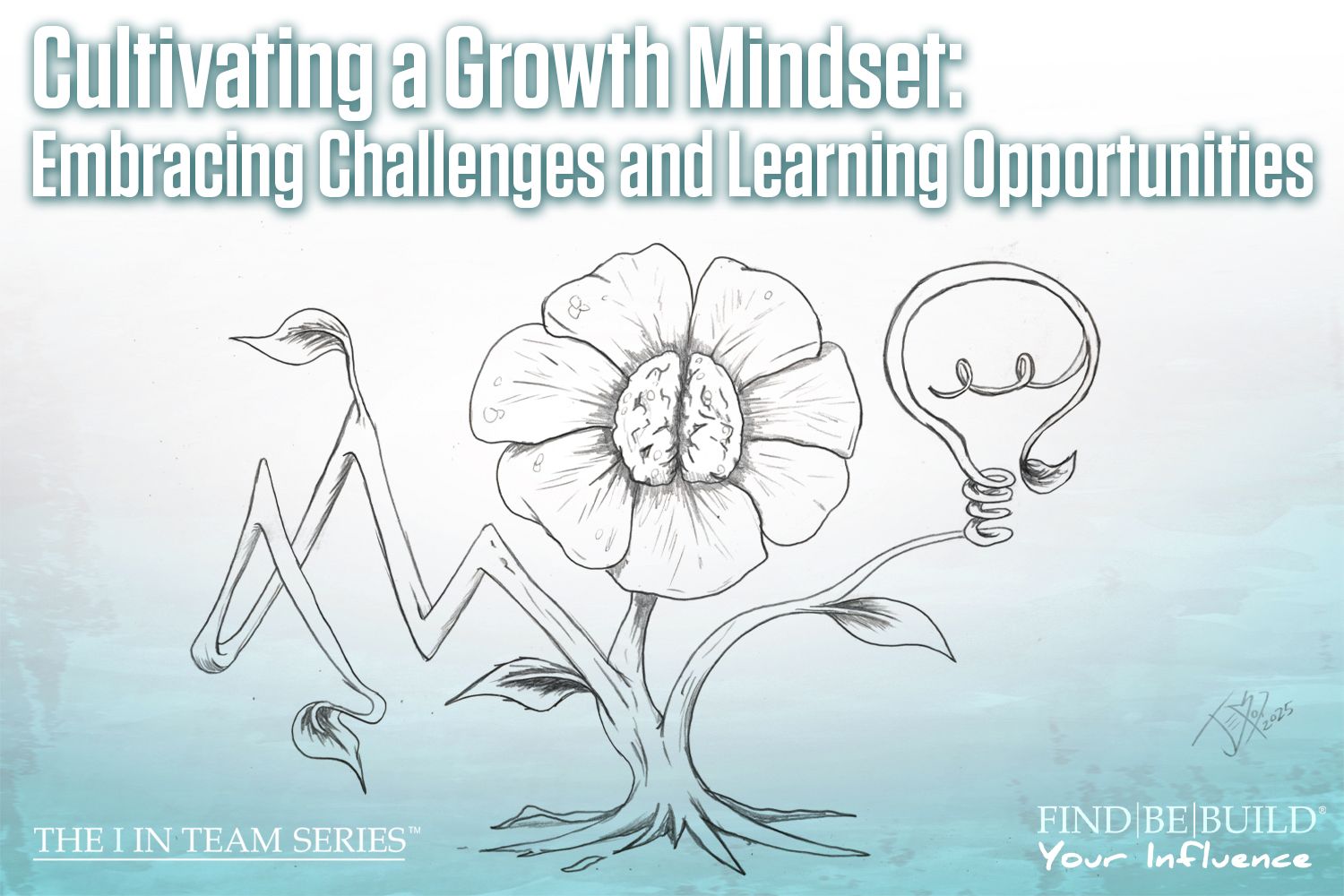Power of Goal Setting

Business consulting strategies
Hello, team! Mary here, continuing our journey through the I in Team series, where we empower you to find, be, and build your influence. It’s that time of year again where we all start to reflect on the last year and consider what we want our new year to look like. We always like to say that you don’t need a new year to set new goals, but I think we can all agree how good it feels to have something ~feel~ new energetically. There is a buzz in the air that inspires and motivates us to keep growing our individual influence and be better versions of ourselves. So, as a new opportunity is handed to us, we must decide what we are going to do with it. If you don’t know where to start, you’re in the right place.
Reflect on the Past Year
This is something I have been doing for at least 5 years now, and I go as far as to do a monthly reflection. However, if you only have time for a year-end reflection, that is okay, too! First, you will want to set the stage. Set aside time in your calendar to have a date with yourself and review the last year. Go to your favorite coffee shop or light some candles at home. Reflecting on the year helps solidify memories, review what went well and what didn’t, consider goals you gave up on or goals you want to continue, and come up with completely new goals that serve where you see yourself going in the future. If you need a little help, check out these year-end reflection questions to help you get started.
Once you have finished reviewing your year, give yourself a pat on the back! Carving out time for yourself is already a luxury, so thank yourself for doing a reflection. Then, congratulate yourself on another great year. Even if you didn’t do everything you wanted or accomplish every goal you set, you still had the opportunity to learn about yourself and experience life. No matter what, that is always an accomplishment worth celebrating.
Set S.M.A.R.T. Goals
We are constantly preaching about S.M.A.R.T. goals here at the “I” in Team series. For this blog, however, we will add the importance of prioritizing your goals in the new year; you can’t have S.M.A.R.T. goals without being specific about which goal will take priority over the others. We all have a finite amount of time in the day, so it wouldn’t be realistic to set multiple hefty goals if you’re also working, going to school, taking care of a family, or all of the above. Goals need to fit into the obligations we have committed to already.
Once your S.M.A.R.T. goals are set and prioritized, consider if there are any tools you would like to use to make reaching your goals a bit easier. Perhaps you need a physical planner, or maybe you prefer digital. You might find some kind of app or other technology that helps you stick with, measure, and manage your goal. Maybe there is a team member or friend you would like to recruit to help keep you accountable.
Manage Your Mindset
Mindset matters, period. While our platform is all about influence and being mindful of how we affect others, we are not proponents of toxic positivity. You will have good days and bad days when attempting to reach your 2025 goals. However, it’s your mindset that keeps you moving forward. There is a difference between thinking you’re a failure and failing. The former is a poor mindset that can make it difficult to reach goals while the latter is a normal part of life. Keep a growth mindset and remain flexible—life happens.
Continuing visualizing your success even when faced with little hiccups or big mountainous problems. Learn to navigate setbacks without losing focus. Affirm to yourself regularly that you have what it takes to succeed. You might even consider listening to daily affirmations to boost your mood and reinforce your belief in your abilities. Remember the importance of learning continuously (which we discussed last month!).
Bottom Line
In sum, reflect on the past year by setting aside time for a personal review. Celebrate your successes, learn from setbacks, and evaluate goals you pursued, paused, or want to refine. Use S.M.A.R.T. goals: be specific, prioritize, and align them with your commitments. Leverage tools like planners, apps, or accountability partners to stay on track. Cultivate a resilient, growth mindset by acknowledging setbacks as opportunities. Visualize your future success, stay flexible, and affirm your abilities regularly. Remember, reflection and learning are accomplishments in themselves—thank yourself for 2024 journey and prepare to embrace the possibilities of 2025.












